Function
Plot
QuickField notation
100·t

100*t
t·(1 - t)·(2 - t)

t*(1-t)*(2-t)
2·t2 - t - 3

2*t^2 - t - 3
e-t 2/2

exp(-t^2 / 2)
log2t

log(t) / log(2)
sin t + cos t

sin(t) + cos(t)
200·sin(18000·t + 240)

200*sin(18000*t+240)
2t

2^t
arcsin(√t)

asin(sqrt(t))
| tg | t 2.4·10-8 |

tan(t / 2.4e-8)
|2π·t|
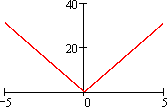
abs(2*pi*t)
1-t, if t ≥ 0.5

t*step(0.5-t) + (1-t)*step(t-0.5)
t, if 0 ≤ t < 0.5
1-t, if 0.5 ≤ t < 1
0, if t ≥ 1
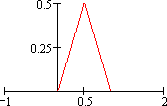
t*impulse(t,0,0.5) + (1-t)*impulse(t,0.5,1)
cos(t), if sin(t) ≤ cos(t)

max(sin(t), cos(t))
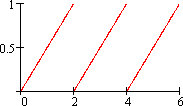
saw(t, 2)
10, if 2 ≤ t < 3
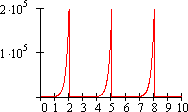
10 * exp(5 * saw(t,2,1))
0, if 2 ≤ t < 3

10 * exp(5 * saw(t,3)) * impulse(saw(t,3), 0, 2/3)
e1-t, if 1 ≤ t < 2
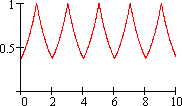
exp(saw(t,1,1)-1) + exp(saw(2-t,1,1)-1) - exp(-1)
Symmetrical square wave
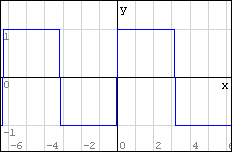
sign(sin(t))
Asymmetrical square wave
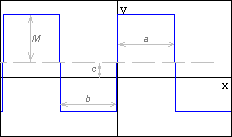
2*M*sign(saw(t,a,b)) - M + c
Triangle wave
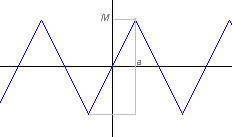
2*M*saw(t+a,2*a,2*a) + 2*M*saw(-t-a,2*a,2*a) - M